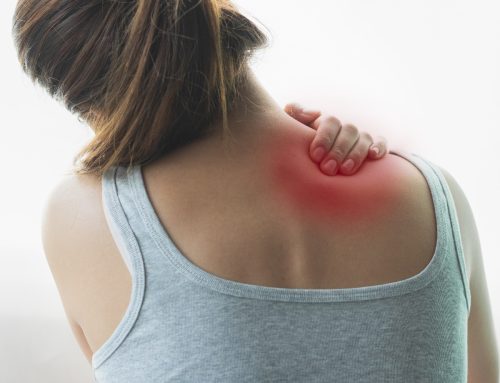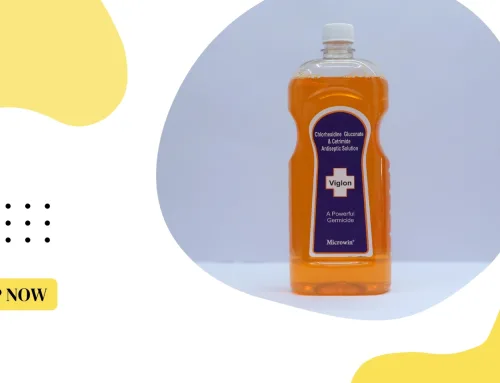Have you ever wondered about what Tinea infections are and how they can be treated? Tinea infections, otherwise known as ringworm, are generally quite mild, but the symptoms can be incredibly frustrating for many people. Fortunately, though, our experts are on hand today to give you a little more information about what Tinea infections are and how the symptoms can be treated.
What is Tinea Infection?
Tinea infection can sound serious, but they’re generally quite mild. Several different varieties of Tinea infection can affect people, including Athlete’s Foot, Jock Itch, Scalp Ringworm, and Body Ringworm.
The condition causes numerous different symptoms, but the most common are round blisters and patches, which affect different areas of the body depending on the type of Tinea infection. For example, as explained by Cedars Sinai, Jock Itch may cause patches around the inner thighs and groin areas, which may be itchy or painful. Other common symptoms of Tinea infections include scaling, blisters, and a rash. However, this largely still depends on the type of Tinea infection. If you’re concerned about the symptoms you have, contact your physician to get further support as soon as possible.
Causes of Ringworm
There are numerous potential causes of ringworm, as advised by the Centers for Disease Control and Prevention, but the most common include exposure to infected animals or people. However, since the condition is highly contagious, it’s also possible to contract it through infected soil, in uncommon cases, or infected clothing and bedding, most notably towels and bedsheets. For a scalp infection, the use of infected hair brushes may also easily transmit the infection, so always use individual brushes for safety.
Preventing Tinea Infection from Spreading
The condition is caused by a fungus and is highly contagious, meaning that taking precautions is crucial to prevent the further spread of the condition. However, there are several simple precautions individuals can take to avoid contracting ringworm in the first place – or, if a Tinea infection is already affecting the family, you can reduce the risks of contracting it by following the guidelines below:
- Never share equipment or clothing with other people, especially if they have a confirmed case of Tinea infections. Since the fungus causing Tinea infections is so highly contagious, simply touching an infected garment or towel can be enough to transmit the disease.
- Avoid physical contact with infected individuals or animals until symptoms subside and recovery is complete. Fortunately, ringworm or Tinea infections tend to be quite visible, especially on animals, so are relatively easy to avoid based on a visual assessment.
- Always start treatment for Tinea infections at the earliest possible opportunity to reduce the chances of the infection spreading to other family members or friends.
- Avoid scratching rashes or blisters resulting from a Tinea infection, as doing so could transmit the infection to other parts of your body, which may lead to further complications and more painful or aggravating symptoms.
Tinea Infection Treatment
If you believe you have a Tinea infection, the good news is that they’re relatively easy and simple to treat. However, early treatment is highly recommended to ensure that the symptoms ease as quickly as possible. Most ringworm cases can be treated simply by using over-the-counter Tinea infection medications, which usually come in the form of a cream or gel.
However, recovery from a Tinea infection depends on numerous different factors, such as the level of infection, your tolerance of medications, the type of medication you use, and your immune response. For example, older individuals who may have a weakened immune system may respond more slowly to treatments for Tinea infections than those who are fitter and have a stronger immune response to the infection.

The NHS recommends that it could take as long as four weeks to see a full recovery from the symptoms of a Tinea infection. However, you should approach your GP or physician to get further advice and support if:
- you don’t see recovery during the four-week period after applying antifungal creams as recommended by a pharmacist
- f you are undergoing immune-weakening treatments such as chemotherapy or steroids
- if you have scalp tinea infections and need a specialist antifungal shampoo (for example, research recommends a 2% ketoconazole or up to 2.5% selenium sulfide shampoo – but always check this with your physician first)
Final Thoughts
While Tinea infections are usually mild, they can cause incredibly frustrating symptoms. However, they are fortunately very easy and simple to treat in most cases, which can make them easier to overcome than many other infections. However, if you have more severe symptoms or symptoms on your scalp (requiring specific prescription medications), a weakened immune system, or if antifungal creams don’t work to clear the infection, you may want to book an appointment with your doctor to get further treatment advice.





